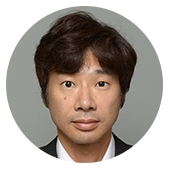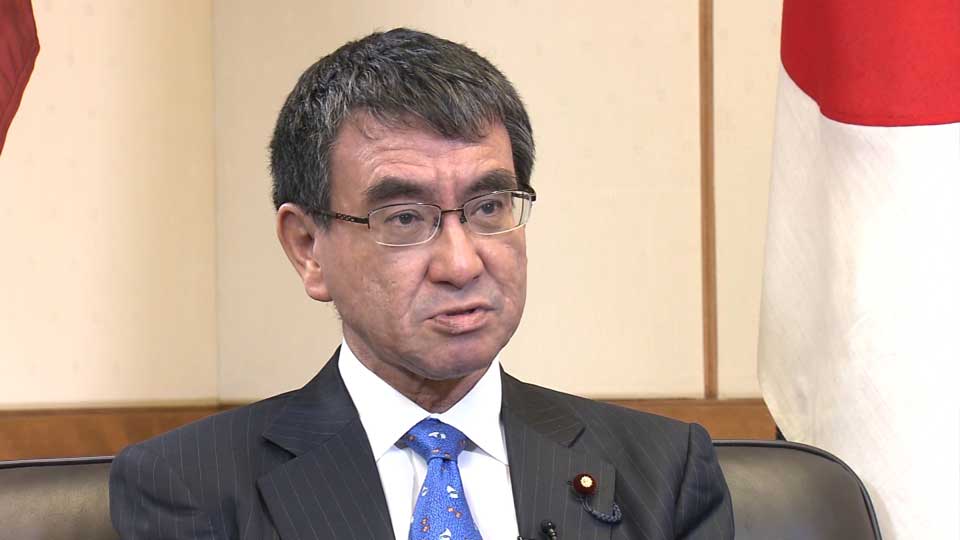
Significance of the SDF dispatch
The mission is designed to ensure that commercial ships with links to Japan can safely navigate in the area.
On January 21st, a Maritime Self-Defense Force aircraft flew over the Gulf of Aden from Djibouti. A Japanese destroyer is due to join the effort this weekend.
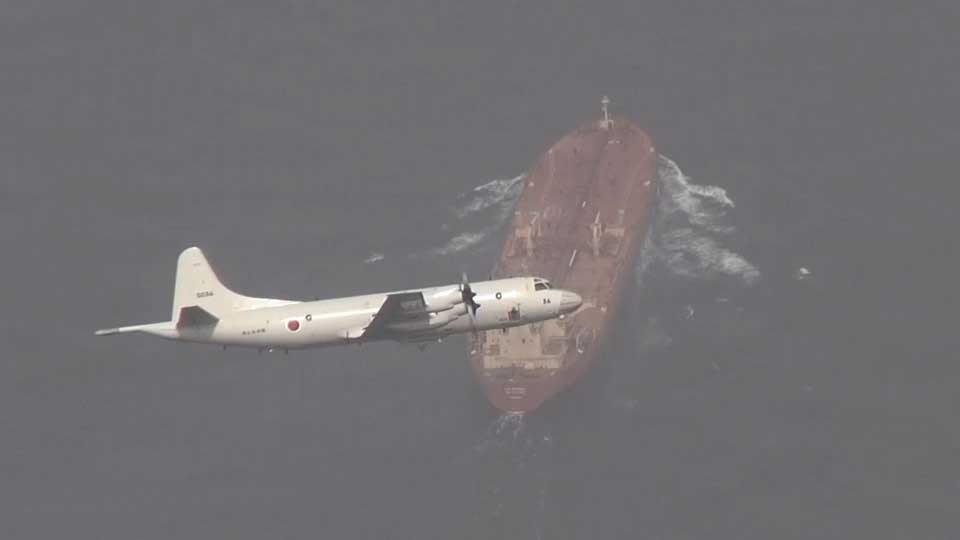
Kono stressed the significance of sending SDF personnel to the Middle East.
"Nearly 90 percent of the crude oil we import goes through this water. And it is indispensable that we keep the sea lines of communication open for our economy as well as the international economy. What we are trying to do is to gather information about ships going through this water and identify if there is something unnatural or disruptive going on."
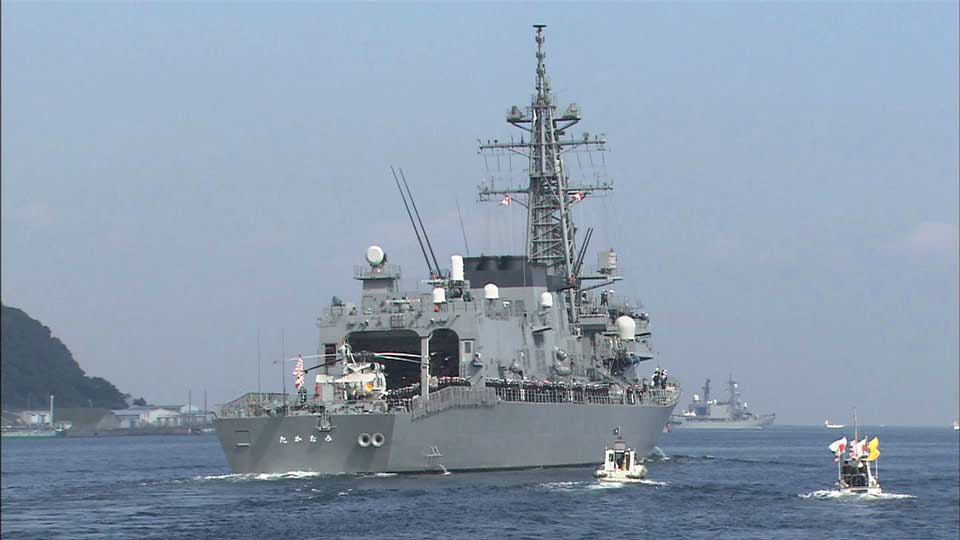
The safety question
These are tense times for the region, heightened by a US drone attack that killed a top Iranian commander in Iraq. There has been controversy about sending the SDF there, but Kono said there is little concern about safety in the region.
"I don't think there will be any violent situation arising, but we would like to keep an eye on the region. We have been communicating to all parties concerned with our intentions and plans. I don't see any country trying to knowingly attack the SDF or ships flying the Japanese flag in the region."
Kono also explained the exit strategy. He said if there is ever no longer a need for information gathering, they will not have to see out the term of the mission.
"We don't have to wait for one year. We can terminate the operation and pull back the destroyer," he said. "The patrol aircrafts are part of a counter-piracy mission and this will probably continue a little more."
Japan's dilemma
The dispatch of SDF personnel is Japan's response to a call by US President Donald Trump for an international maritime coalition to safeguard key shipping routes, including those in the Persian Gulf. Japan decided not to join the coalition, but is instead sending the SDF on an intelligence-gathering mission.
Japan could not flatly reject the request of its ally, the United States. But it wanted to avoid any negative impact on its friendly relations with Iran.
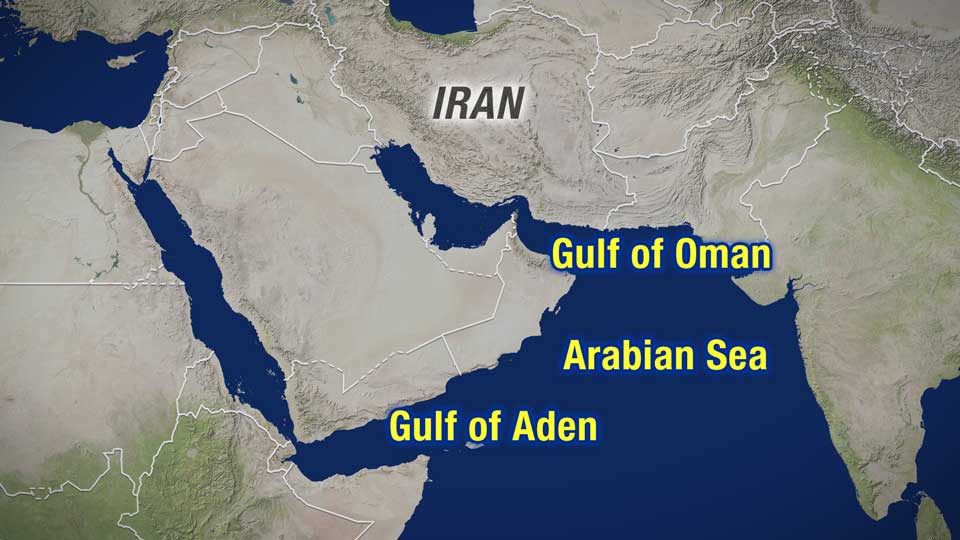
Opposition lawmakers have voiced concerns about the role of the SDF. Some worry it will be seen as working with the US forces. Others fear that if the confrontation between the US and Iran escalates into a military clash, the SDF could be dragged in.
Kono repeatedly said he doesn't expect any violent situation to arise.
Defense budget
Defense spending is on the rise in Japan. In the draft budget submitted to the Diet last week the Defense Ministry was allocated a record 5.3 trillion yen, or about 48 billion dollars. It marks the eighth consecutive year the ministry will receive a record budget.
Kono says that's a response to threats from neighboring countries.
"We had reduced defense spending for nearly 20 years. China has increased defense spending 48-fold in the last 30 years. If you take the last 10 years, it's more than doubled. So everyone is alarmed by the Chinese expansion of military spending without transparency. And we have a threat coming from North Korea. We need to have a capability to protect our people and land from any missile threat. So we are increasing (defense spending by) 1.4 percent, but every other country in the region is increasing their defense spending."
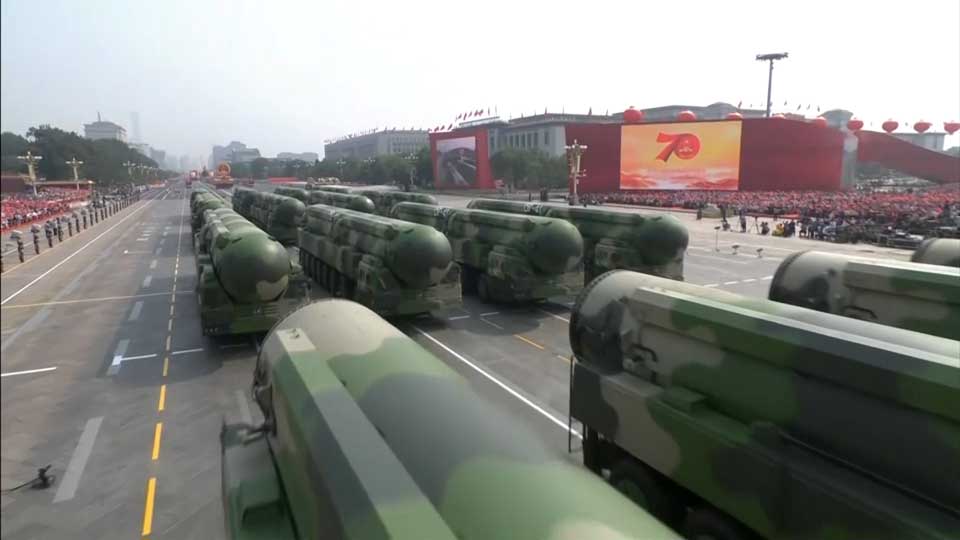
Opposition parties say Japan's defense spending might alarm neighboring countries and trigger an endless arms race. They also say the budget increase is largely because Japan is buying expensive American equipment, including F35 fighter jets and Aegis Ashore missile defense system, at the insistence of US President Donald Trump.
Japan's new fighter jet
In the draft budget, the Defense ministry is asking for funds to develop a domestically built stealth fighter jet for the first time. The jets are expected to replace the existing F-2 fighters. Kono says Japan is talking to the U.S. and U.K. about the possibility of partnering on the development. "I don't think any country could develop new fighter jet on its own," he says. "It is important to keep the interoperability with U.S. forces ... and the U.K. has a similar schedule for developing a new fighter jet. So we are also communicating with them."
Kono says the government hopes to decide how to proceed by the next fiscal cycle, and start conceptual designs in fiscal 2020.
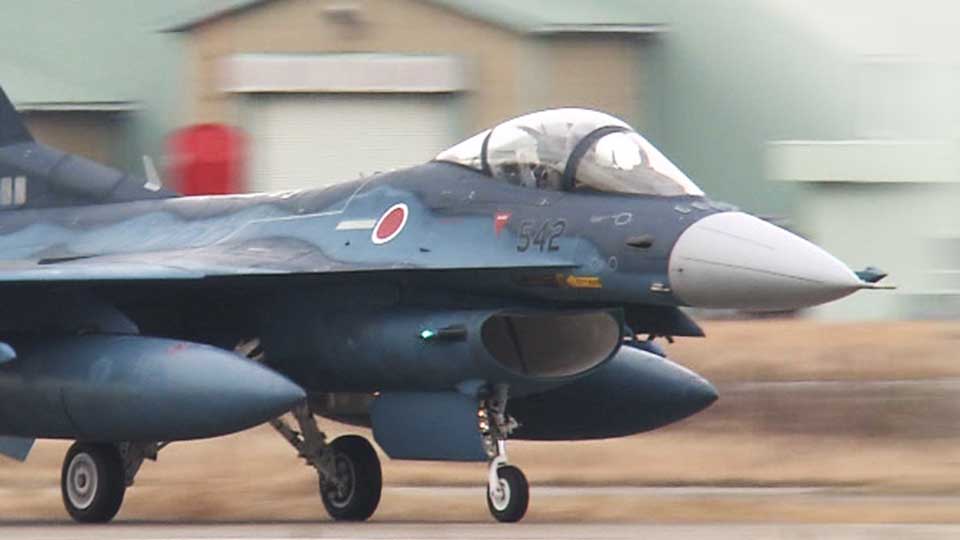
Aegis Ashore
Japan is also planning to install a US missile defense system known as the Aegis Ashore. Kono says that's to protect the country if North Korea launches missiles.
"North Korea now has hundreds of missiles that can reach Japan. And we need to be able to have capability to protect our own people on land from those threats. In order to have a capability to protect all Japan, we need to have at least two Aegis Ashore. So hopefully we can move this project (forward) as fast as possible."
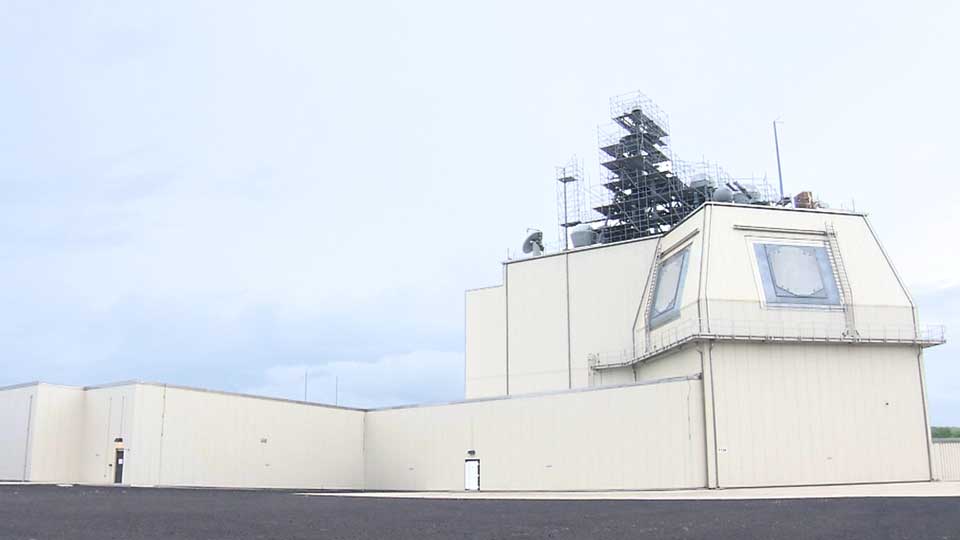
The ministry had chosen the city of Akita in northeastern Japan as one of two potential sites for the system. But the local government and residents are voicing strong opposition. They are concerned about the environmental effects of the radio waves emitted by the system, and say the ministry's surveys were flawed. Though the ministry hasn't given up on the Akita site, Kono says they are going back over the plan.
"We are doing another review and we will decide where would be the best possible place to install Aegis Ashore. We are now reviewing it and we will consider it from scratch," he says.
A PM in the making?
To wrap up the interview, Kono discussed his political ambitions and the possibility of running for the LDP presidency next year as a stepping stone to the premiership.
"Every and all the politicians have something they want to accomplish," he said. "And in order to implement your program, the best way is to become the prime minister. Have no doubt about it."

